In this part of our series on the GSEP 2023 Off-Campus Project, we will hear from two GSEP students about one of the amazing destinations of day three. Ivan Andrew Gunawan (Ivan) from Indonesia, and Lueangratana Pongsapak (Pun) from Thailand, both GSEP 2021 batch students, describe their visit and learnings during a guided tour of the Asahi Printech Funabashi Factory in Chiba prefecture.
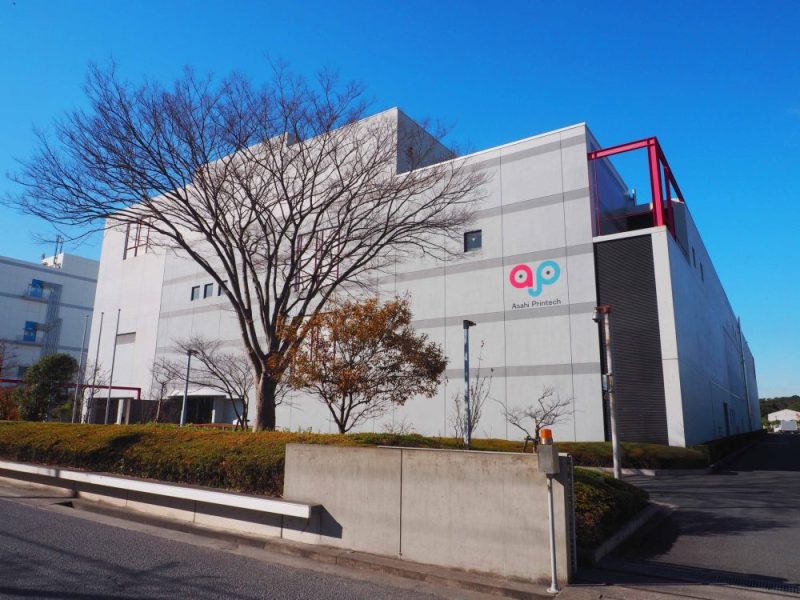
In the last stop of the Off-Campus Project, the GSEP group visited the print service provider, Asahi Printech, which handles the printing of morning and evening newspaper in Japan. On this visit, we had a chance to walk through the printing operation from the fundamentals, such as paper feeding and printing plate preparation, to the very end of the operation, which is packing and delivery. We also have a chance to see the demonstration of the so-called Offset’ printing, a method that is widely used in Japanese printing.
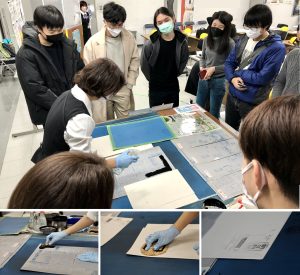
Offset printing is the printing technique that transfers inked images and text from the printing plate to the rubber surface before printing onto the media surface. This method has the advantage in terms of being high-quality and cost-effective for larger volumes. That is why they select this technique. By doing so with 5 sets of printers, a 4-color CMYK (Cyan, Magenta, Yellow, Black) system image is printed onto the newspaper. Layering individual colors to create beautiful images, and using a rubber blanket to transfer ink onto paper, the techniques used by the factory are nothing short of extraordinary. Furthermore, Asahi Printech has Quality Control (QC) specialists stationed in every part of the production line, ensuring that high-quality product is delivered to all readers throughout Japan. We were amazed by the speed and accuracy of the printing machines, which were able to print up to 15 pages per second. It was impressive to see how the factory was able to produce such a high volume of newspapers on a daily basis.
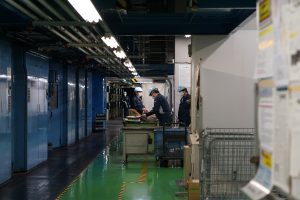
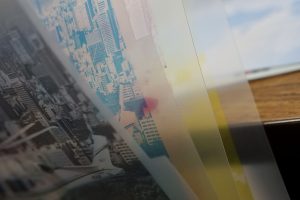
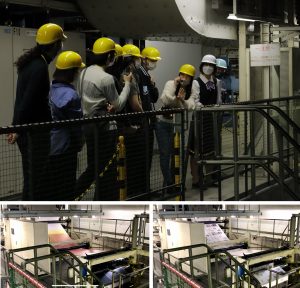
During our visit, we learned that the printing industry had a long journey in the past. One piece of evidence is the old version of the printing method that used the circular print plate that had to be crafted by hand every day. These print plates had to be engraved with images and text for different newspapers each and every day. These machines are no longer used these days, but Asahi Printech still stores them as historical evidence of the printing industry for the new generation to appreciate.
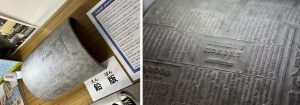
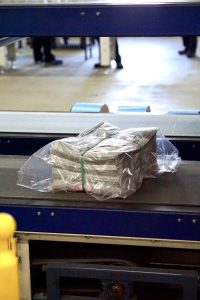
Many GSEP students were wondering about the operation of the newspaper industry in the midst of the modern, digital world. The professionals at Asahi Printech kindly explained to us that in Japan, some people are still sticking to the printing media to read since it does not require the internet and it can present many contents on one page for the reader to choose from. Those are characteristics of newspapers that smartphones cannot mimic. We were also impressed by Asahi Printech’s commitment to environmental sustainability. The factory used vegetable oil as the base for their ink, which was much more environmentally friendly than the crude oil-based ink used by many other printers. Additionally, they recycled all defective newspapers from the printing line, minimizing waste and reducing their impact on the environment.
Overall, Asahi Printech was a really good place to learn about the operations of the newspaper industry. Not to mention their concerns towards the environment, the factory was a library for learning technical approaches. One would think that the business would be out of it by now with the presence of internet news, but it’s still going strong.
This was our last installment of the series on the GSEP 2023 Off-Campus Project. GSEP faculty members believe holding such events frequently would definitely give students a broader viewpoint about real-life applications of what they study in classes. Meanwhile, it provides us with a chance to directly listen to students and try to address their needs.
